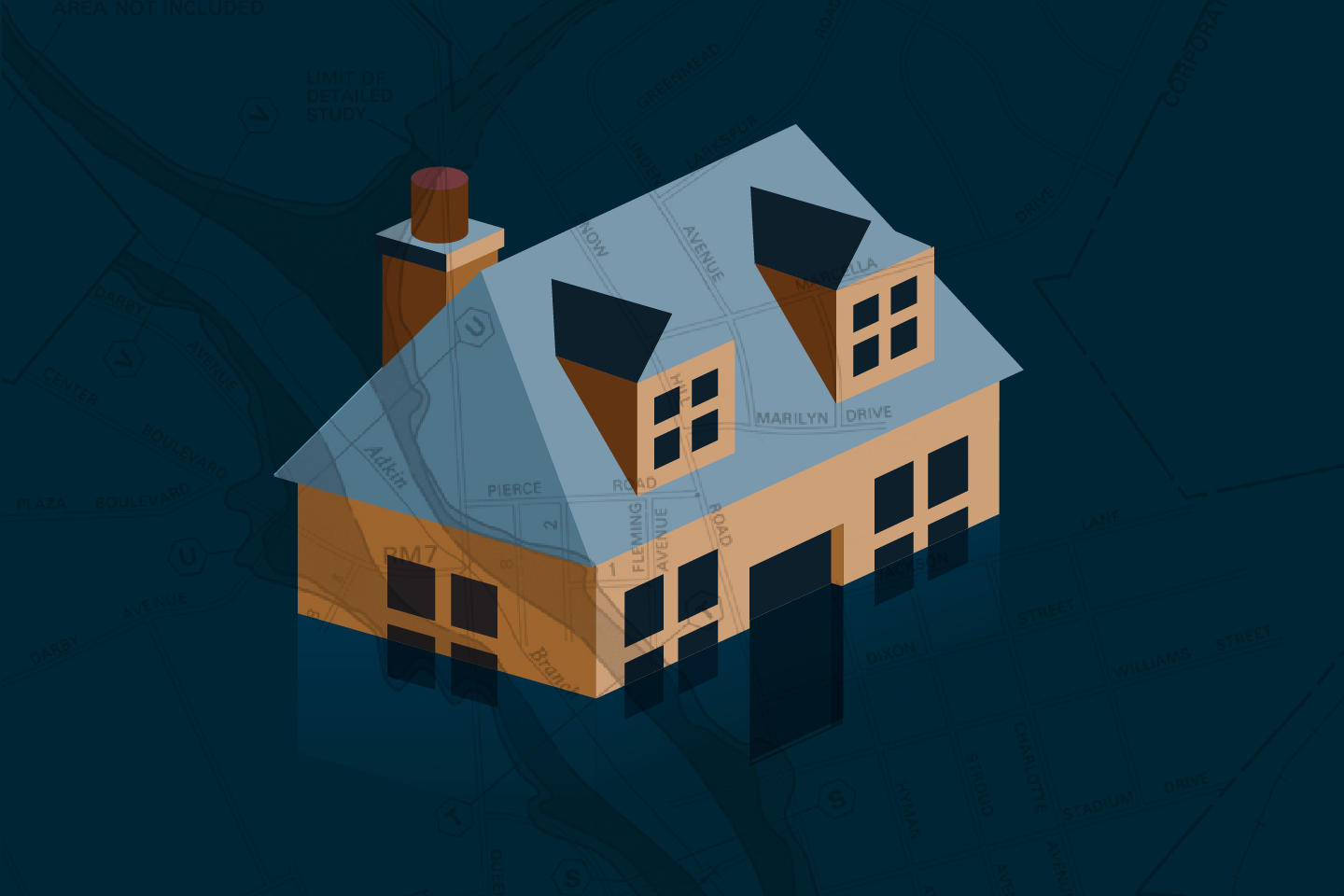
by:
Flooding is one of the most serious natural causes of property damage in the United States. But discussions about its risk are often limited, and many homebuyers don’t understand what they should do if their home lies in a flood-prone area. With record snowpack in many areas and a long hurricane season ahead, 2023 is shaping up to be an especially flood-y year. What can you do to make sure your property is protected?
Perhaps the largest area of flood risk in the United States is, unsurprisingly, the hurricane-prone areas along the Gulf Coast, including Texas, Louisiana, Florida and South Carolina. However, changes in climate and weather patterns are putting other areas at higher risk. “Heavy precipitation events” in the Northeast, Midwest and Great Plains have increased over 30% since 1960—meaning these areas are at greater risk for rain-related flooding than they’ve been historically. And there are California and the Rocky Mountain states, who received record snowfall in the 2022-23 winter and may experience significant runoff throughout the spring and summer.
The truth is, the potential for dangerous and damaging flooding is up around the country. And more and more people are living in the country’s flood plains, with states like Florida experiencing massive growth. Together, these two factors mean large flooding events are becoming both more common and more expensive. Estimates vary widely, but one study found over 40 million people now live in flood zones. And another report estimated the annual cost of flood damage could grow to $32 billion by 2051.
All of which is to say: What should you do to protect your home from flooding?
The first thing is to assess your risk. You can use FEMA’s free Flood Map Service Center to get a look at your neighborhood’s history and future risk. If you’re in the market for a new home, do this research before you close. Most typical home insurance policies do not cover flooding, and depending on a home’s location, mortgage lenders may require flood insurance.
If flood insurance is not required in your area, it can still be a smart choice. Even if your home is in a low- or moderate-risk area, you’re still five times more likely to experience a flood than a fire over the next 30 years. Flood insurance covers flood-damaged foundation walls, flooring, HVAC systems, electrical and plumbing, and fuel and well water tanks—damage that can easily cost hundreds of thousands of dollars to repair. Note that flood insurance doesn’t cover water damage from other sources, like an overflowing bathtub.
When shopping for flood insurance, a good starting point is the National Flood Insurance Program (NFIP), where coverage can be obtained for as low as a few hundred dollars a year. There are also many private options with different coverage capabilities.
A quick note on grants: One reason many people go without flood insurance is that they assume that if something happens they can get money from the government. While it is true that if the president declares a major disaster area and approves individual assistance (a big if!), the average FEMA disaster relief grant is only $5,000—pennies compared to what is often required after a major flooding event.
When it comes to protecting your home, you want to do everything you can. And as the risk of flooding grows for many Americans as a result of shifts in climate and population, flood insurance can’t just be disregarded. If you live in an area that might experience flooding, the right insurance can help you—and your wallet—weather any storm.